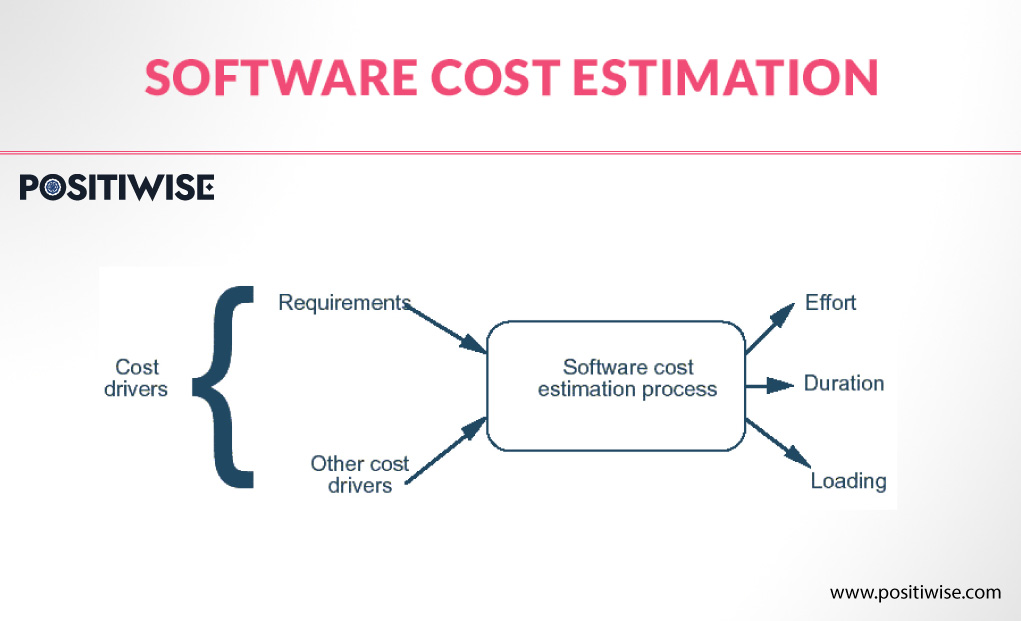Quick Overview:
Domain Driven Design (DDD) is a software development approach that prioritizes effective communication and collaboration between developers and stakeholders. It aims to create software that accurately represents the intricacies of a business domain. In this blog post, we will explore the circumferential aspects of the DDD, including the core principles, and examine the challenges that may arise during its implementation.
An Introduction to Domain Driven Design
Eric Evas first introduced Domain Driven Design (DDD) in his book ‘Domain-Driven Design: Tackling Complexity in the Heart of Software’ published in 2003. Domain-driven Design is a way of developing software that focuses on understanding and modeling the business area it supports. Its purpose is to improve software quality by integrating it closely with business needs.
DDD is a set of principles which help developers to develop well-structured software. If developers use it properly then it leads to crafting domain models. These models capture complex business rules and create software that reflects real-world business situations to the software.
Top 5 Core Principles of Domain Driven Design
Traditional software development increases the complexity of communication between the technical team and the non-technical team, especially in complex domains. DDD, a domain driven design, provides a solution by its core principles and collaborative approach to understanding the business domain.
Let’s dive into the core principles of Domain domain-driven design.
Ubiquitous Language
Ubiquitous language is a common vocabulary. Developers, stakeholders, and domain experts use this as the preferred language in software development projects. It helps everyone to understand each other well in the project by using clear and precise terms to reflect the business domain. It helps everyone stay on the same page and ensures the software correctly represents real-world concepts.
Bounded Contexts
A Bounded Context is a particular area within a larger project where specific terms and models are consistently applied. Many different parts of systems have similar terms, but a bound context gives them different meanings. This helps teams to build models without confusion and they can manage complex projects very easily by breaking them into small parts with manageable sections.
Focus on the Core Domain
Focusing on the core domain in Domain Driven Design means prioritizing very important and extraordinary features of the software. This helps to make clear communication for both technical and non-technical people. By identifying the major business value and what makes software stand out, the core functionality emerges as the foundation for a durable system with a clear purpose.
Domain Events
Domain Events signal important happenings within the system in Domain Driven Design. These events show updates and reactions of different functions. They make the system responsive and connected to improve modularity and build audit trails for better traceability. Developers can design clear events with handling mechanisms and sometimes store them to develop a responsive and reflective system.
Evolutionary Design
Evolutionary design in DDD domain driven design aims to improve software and domains. This approach creates versatile systems by continuous refinement based on good domain understanding and changing requirements. Using Bounded Contexts, which focus on core functions, the features are gradually introduced, which helps reduce risk and promote continuous improvement. This gives surety of the system to stay valuable and relevant as changing requirements.
Accelerate Your Business with Custom Software Solutions
Struggling with outdated or ineffective software? Our expert team provides custom systems designed specifically for your business needs. We analyze your operations, build solutions to fit your workflow and integrate with existing infrastructure.
Top 5 Biggest Challenges of Implementing Domain Driven Design 2024
As we know, DDD Domain-Driven design builds systems that are easily maintainable and adaptable. Implementing DDD can be challenging. This part of the article explores the biggest challenges of DDD and how you can overcome these challenges in 2024.
Difficulty
DDD can lead to difficulties, specifically in large and complex domains. Particularly, modeling these areas needs a deep understanding and continuous involvement in dealing with uncertainty. Developers require perfect planning, collaboration, and expertise to manage the difficulties. By using these, developers can simplify the complexities built in large domains by making successful DDD implementation. This helps to overcome hurdles and leverage the benefits of DDD for developing software, which reflects the complications of the business domain.
Context Alignment
A large and complicated domain area has different sections that might have their own rules and structures. Alignment of bounded context is complex and time-consuming. If developers want to bring them together smoothly, they require good teamwork and communication. It helps to ensure everything runs smoothly without any confusion. Developers can integrate all sections properly and create an efficient system by focusing on teamwork. This is important to maintain clarity and consistency throughout the development process.
Technical Complexity
If Domain Driven Design works well, you will be able to use new technologies and integrate them into your existing systems seamlessly. This might involve reshaping code and dealing with technical issues such as performance, scalability, and maintainability. It is important to deal with this kind of challenge for the success of DDD projects, which needs continuous adjustments and planning to adopt new methods and tools. Managing these things is crucial for achieving all the benefits of DDD.
Change Resistance
Introducing DDD can lead to resistance from team members who are implementing a traditional development approach and are not ready to change because they think it is difficult and impractical. Key factors in overcoming this include education, leadership, and good communication. Educating the team members about DDD helps to understand its principles and benefits. Good leadership is important for solving doubts and confusion. Good communication ensures all members are on the same page and can collaborate easily.
Overcomplicating Design
When applying DDD, avoid going too far, focusing on overly complex models, and adding unnecessary complications. It is important to find the right balance between simplicity and effectiveness to avoid overcomplicating the design and implementation.
An overcomplicated design makes system maintainability and adaptability difficult. Aim for a design that captures the necessary business complexities without becoming overly complex. Maintaining this balance ensures the design and implementation remain clear and manageable, aligning with project goals and leading to successful outcomes.
Conclusion
The DDD Domain Driven Design is the best approach to developing software that matches real-life business requirements. Using common language and boundaries helps make systems easily maintainable and adaptable. However, it has some challenges, like aligning contexts and technical issues. A software development company specializing in DDD. We offer the tools and solutions needed to handle these challenges and ensure success for your project. According to your requirements, you can work with our Domain Driven Design experts to make a smooth process, overcome common hurdles, and deliver the best software solution that works excellently in the long run.
Expert in Software & Web App Engineering
Parag Mehta, the CEO and Founder of Positiwise Software Pvt Ltd has extensive knowledge of the development niche. He is implementing custom strategies to craft highly-appealing and robust applications for its clients and supporting employees to grow and ace the tasks. He is a consistent learner and always provides the best-in-quality solutions, accelerating productivity.






